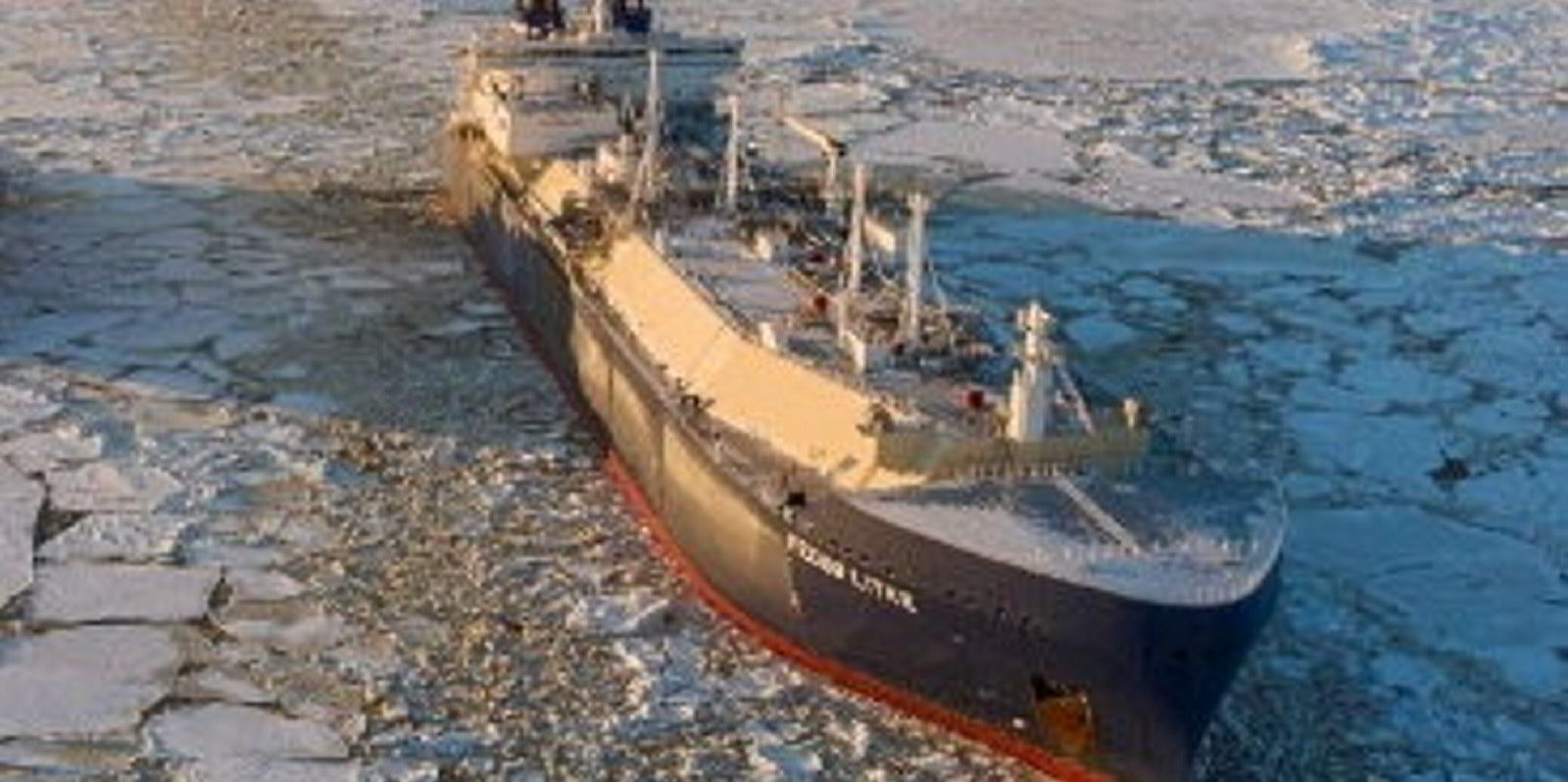Two important elements in Russia’s plan to progress its Arctic-base liquefaction projects are heading inbound to either end of the Northern Sea Route.
At the western extremity the world’s largest LNG floating storage unit, the 361,600-cbm newbuilding Saam FSU is due to arrive on site within days after a long tow from South Korea via the Cape of Good Hope.
The FSU, which left Korea in February 2023, is to be stationed at Ura Bay near Murmansk.
A second sistership FSU, the Koryak FSU, is due to leave its shipbuilder Hanwha Ocean later this year and be positioned in Bechevinskaya Bay on the eastern side of Russia’s Kamchatka Peninsula at the eastern end of the FSU.
Both supersize storage units are to be used to transship cargoes from the specialised Arc7 LNG carrier fleet leaving these ice-breaking LNG ships free to operate on the harsher waters of the NSR.
At the eastern end of the NSR Red Box Energy Services’ 24,500-dwt heavy lift vessel Pugnax (built 2016) is expected. The vessel has loaded the latest modules for the 19.8-million tonnes per annum Arctic LNG 2 liquefaction plant and is expected to be escorted through the NSR by ice-breakers shortly.
Pugnax is travelling to Novatek’s Kola Yard in Belokamenka with the latest Chinese-built modules, loaded in Tianjin for Novatek’s delayed new liquefaction plant Arctic LNG 2.
The two movements come as Russia completes the first eastbound summer season LNG carrier voyage of 2023 in tough ice conditions.
The 172,600-cbm Fedor Litke (built 2017) has moved into the Bering Sea after shipping a cargo from Yamal LNG through the NSR with ice-breaker assistance.
The vessel is expected to discharge in China.




